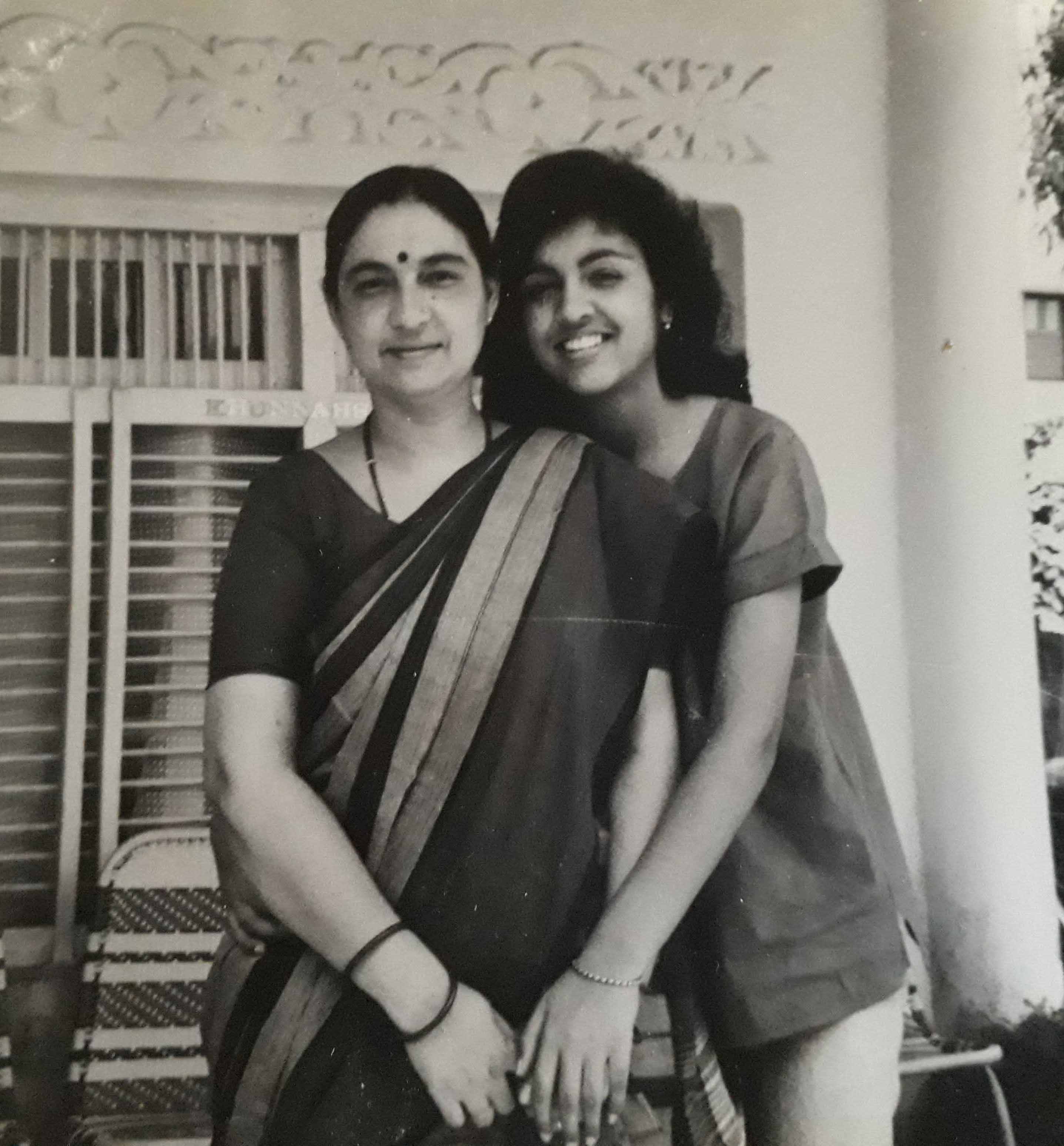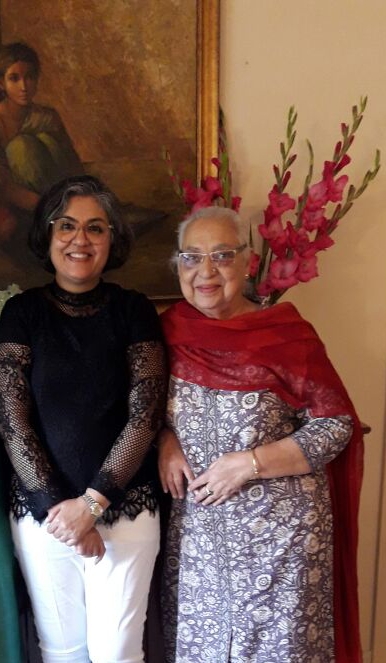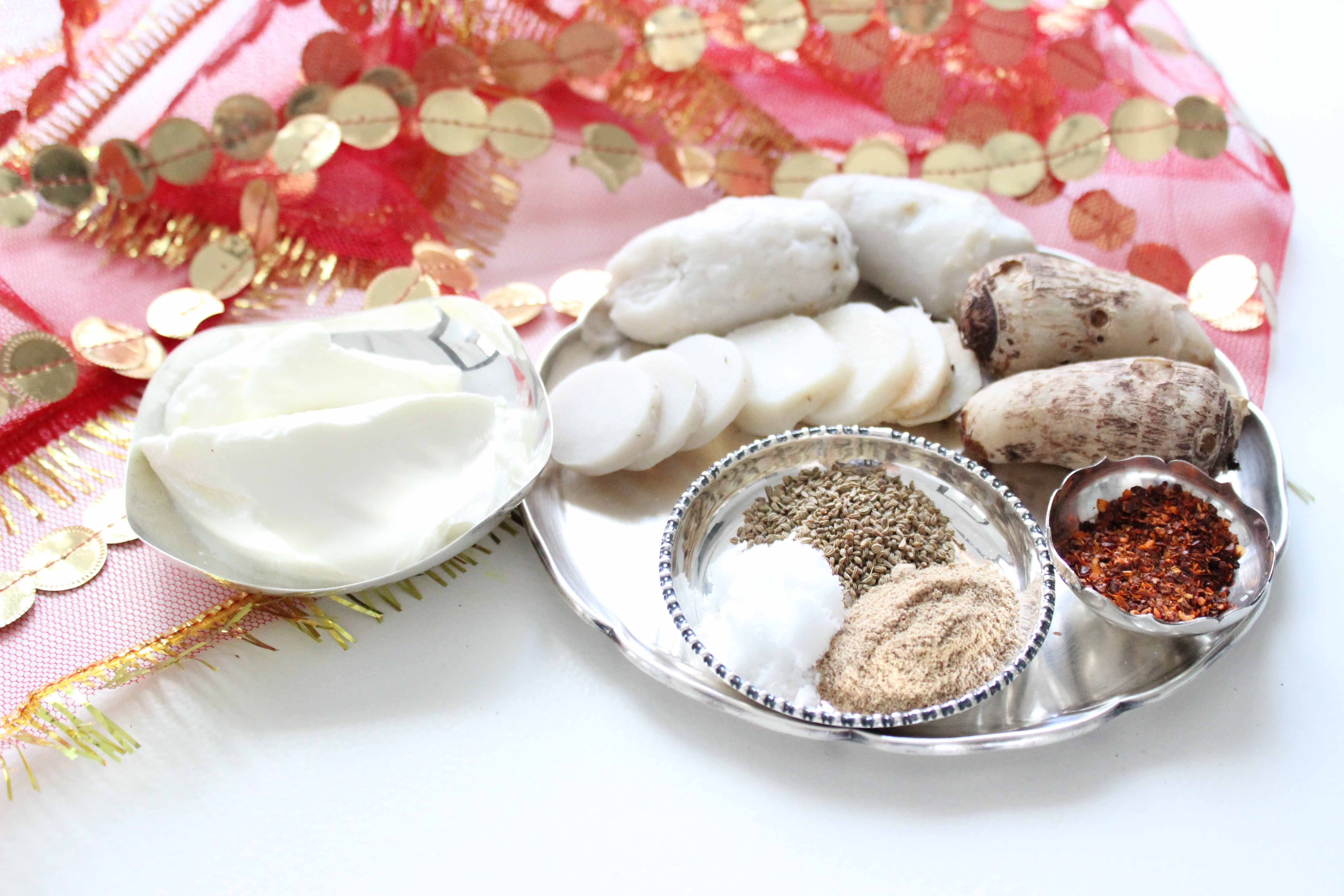Khatti arbi ki sabji or a taro root stew which has been soured by dry mango powder and yogurt, is a simple recipe which has its origins in the kitchens of my grandparents. It’s simple enough to make, boiled arbi, sautéed in a bit of yogurt and spices and made into a stew by adding water.



Ever since my childhood, I’ve looked forward to the festival of Navratri. As a child I was not aware of the significance of the festival. It was the delicious food prepared by my mother during the festival that was the main appeal. Till date I don’t know why its called fasting. Most dishes are deep fried. Other dishes which include fruit, sabudana and vegetables are tasteful and full of flavour. The dishes I prepare today are mostly what my mother cooks. A few dishes I have learnt from neighbours and the extended family.
In my family we eat the ‘falhar’ or fasting food for the first seven days. On ‘Ahstmi’ or the eighth day, we do the pooja and have Sooji Halwa, Kale Chane and Puris for ‘parsad’.

Arbi or Colocasia esculenta is thought to be native to Southern India and Southeast Asia. It is a perennial, tropical plant primarily grown as a root vegetable for its edible starchy corm, and as a leaf vegetable.
Arbi is low in fats and the calorie value chiefly comes from complex carbohydrates. Their protein levels can be comparable to that of other tropical food sources like yam, cassava, potato, plantain, etc. The corms are free from gluten. They carry high-quality phyto-nutrition profile comprising of dietary fiber and antioxidants in addition to moderate proportions of minerals and vitamins.It also contains good levels of some of the valuable B-complex group of vitamins.
Further, the corms provide healthy amounts of some of important minerals like zinc, magnesium, copper, iron, and manganese. In addition, the root has very good amounts of potassium. Potassium is an important component of cell and body fluids that help regulate heart rate and blood pressure.
Arbi is one of the finest source dietary fibres. Together with slow digesting complex carbohydrates, moderate amounts of fibre in the food help gradual rise in blood sugar levels and for this reason it is a good vegetable to have during fasting.
The plant is inedible when raw and considered toxic due to the presence of calcium oxalate. The toxin is minimized by cooking. For me, arbi is the fancier cousin of the potato, both widely used in cooking in my house. Whereas the potato takes kindly to being added to other vegetables, the arbi needs to be cooked by itself. Maybe we have grown up eating this root vegetable so love it, for I think it is an acquired taste. The taste is a cross between a potato and a yam.
Carom seeds have a similar taste to oregano and smell faintly like thyme. Their addition is to give flavour and also to help digest the taro root.
Care must be taken not to over boil it as it turns slimy. Once boiled and peeled, it should be left to cool as the slimy feel dries out and makes it easier to cook.
Khatti Arbi ki Sabji
Sour Taro Root Stew
Ingredients ~
5 medium arbi
2 tbsp curd/yogurt
1/4 tsp ajwain seeds
1/2 tsp red chilli powder
1/2 tsp salt
1 tsp ground dried mango powder/amchur
1 tbsp ghee
Method ~
1. Boil the arbi.
2. Peel and cut the boiled arbi into rounds.
3. Heat a pan on the stove. Add a tablespoon of ghee.
4. In the hot ghee temper the ajwain seeds and red chilli powder.
5. Beat the curd and add it to the spices in the pan. Cook till thick.
6. Take the cut arbi and add them to the pan. Cook till coated in the spice mixture.
7. Add drinking water to cover the arbi mixture and bring to a boil. Once it comes to a rolling boil, reduce the heat to simmer and partially cover the pan with a lid.
8. Add the amchur powder to sour the gravy. Adjust the seasoning to make the gravy a blend of salty, chilli and sour.
9. Once the gravy is thick remove from the stove.
~ Serve with Kuttu Roti, Kuttu Puri, Kuttu & Singhara Atta Pakora, Kuttu Paneer Pakora, Samak ke Chawal, Sabudana Khichri during the Navratri fast.

For more recipes of dishes cooked in my family during the Navratri festival, please read my post, Navratri Vrat Thali.
Most of the recipes are simple and quick to cook, yet are delicious.

